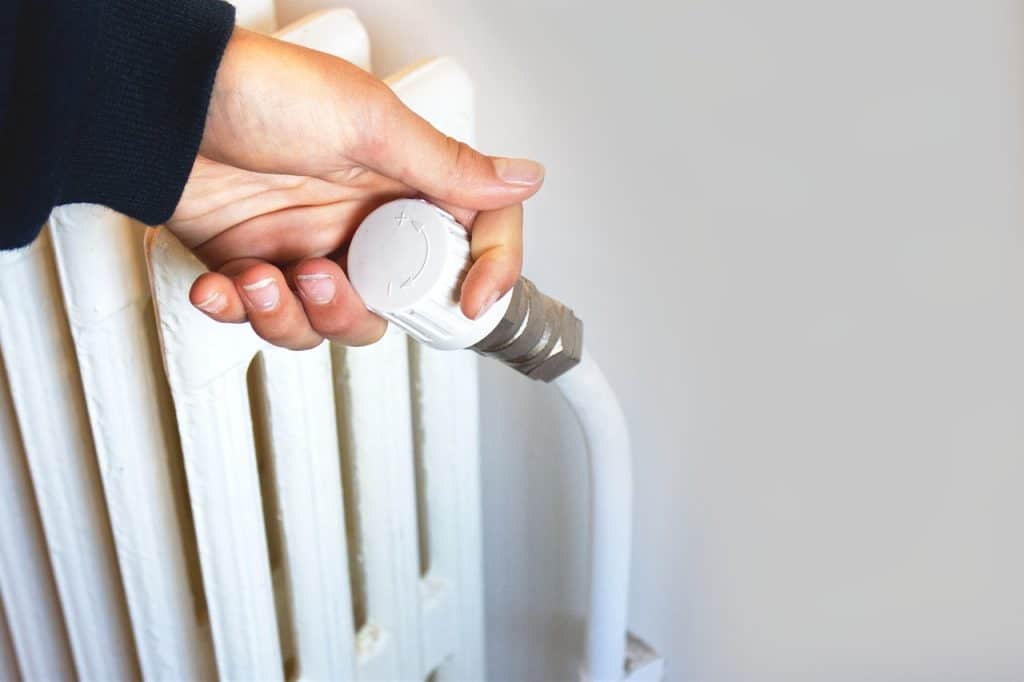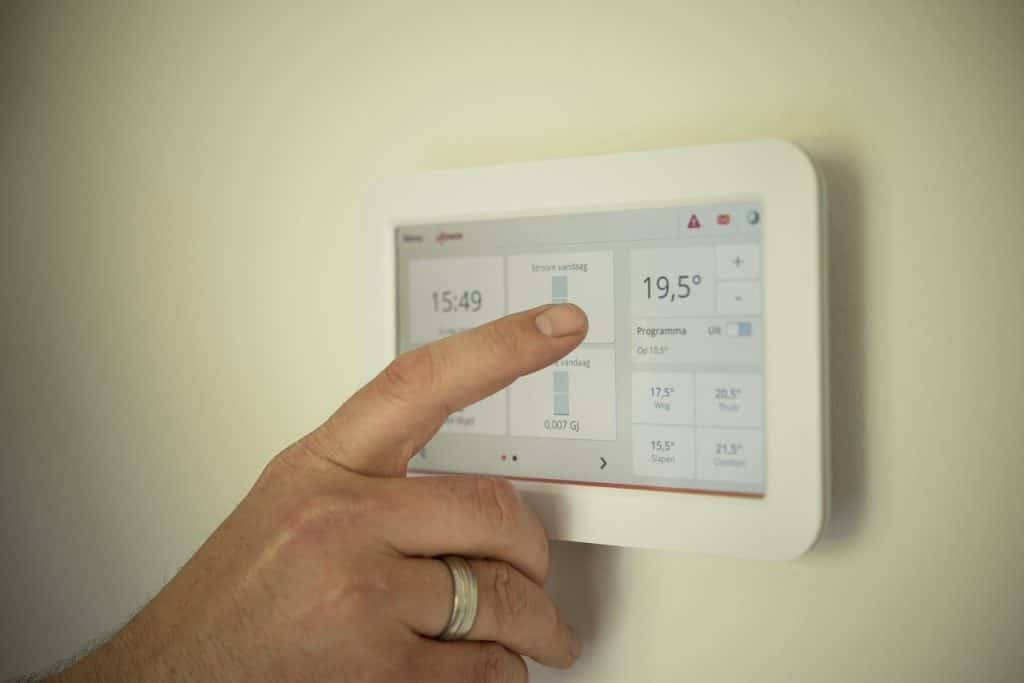Are you feeling the winter chill seeping into your home? Or perhaps you’re just frustrated by escalating energy bills due to an outdated heating system. Either way, one option stands out: installing a new heating system. This isn’t a task to take lightly, as the heating system will serve as your fortress against biting winters for years to come. Our comprehensive guide will walk you through vital considerations during this process, from choosing the right model for your specific needs to understanding the installation requirements and costs. Stay with us, and let’s bring warmth and efficiency back into your home with the right heating system.
Exploring Different Heating Solutions
Explore all available heating system options before making a selection decision for your home, and take into account many crucial considerations when making this important decision. From quick furnace efficiency and boiler system adaptability through energy-saving heat pumps and flexible ductless mini splits, each heating system offers its own distinct set of benefits that may fit your budget, region climate conditions, fuel availability goals, and personal preferences when choosing an optimal one for you. Here is an introduction to four primary systems as well as essential things you should keep in mind when installing one in your home:
- Furnace Systems: Furnaces are well-known for their quick and efficient heating abilities, using gas, oil, or electricity sources as fuel options. Their versatility in accommodating different fuel options based on availability or personal choice makes them a popular choice among homeowners.
- Boiler Systems: Boilers come in many varieties—gas, oil, or electric. Each provides efficient heating solutions suitable for various home layouts and preferences.
- Heat Pumps: Combining heating and cooling capabilities into one energy-efficient device, heat pumps provide efficient heat transfer between indoor and outdoor air sources to create a pleasant environment year-round.
- Ductless Mini Splits: These systems offer targeted heating and cooling without the need for ductwork, giving homeowners greater control of temperatures in specific zones or rooms without having to adjust all at once.
Selecting the optimal heating system requires considering multiple variables, including your budget, local climate conditions, fuel availability needs, and energy efficiency objectives, along with personal preferences. All play key roles when it comes to making a selection. Speaking to HVAC experts is also highly recommended since they can assess your specific requirements and suggest heating systems tailored specifically to fit them effectively.
Determining Your Heating Requirements
When it comes to installing a new heating system, it’s crucial to determine your heating requirements to ensure optimal comfort and efficiency. There are several factors to consider in this process.
First and foremost, you need to assess the size of your property or home. The square footage will play a significant role in determining the heating capacity you require. A larger space will naturally require a more powerful heating system to adequately heat the entire area.
However, it’s not just about the size of your property; other variables such as insulation levels, number of windows and doors, ceiling height, and even climate considerations come into play. For example, if your home is well-insulated and located in a relatively mild climate, it may require a smaller heating system compared to a poorly insulated house in an extremely cold region.
Next, consider the specific needs of each room or area within your property. Some areas may require more consistent and precise temperature control than others. For instance, bedrooms might benefit from individual thermostat control for personalized comfort, while common areas like living rooms can have centralized control.
Additionally, think about any future plans or changes you might have for your property. Are you considering adding an extension or finishing an unfinished basement? These potential expansions should also be taken into account when determining your heating requirements.
Ultimately, consulting with a professional HVAC technician is highly recommended at this stage. They can assess your property’s unique characteristics and help you determine the right heating capacity for optimal comfort and energy efficiency. Their expertise ensures that all aspects are considered, from insulation levels to zoning requirements.
Calculating Heat Needs Based on Property Size
To ensure your new heating system effectively meets your requirements, it’s essential to calculate the heat needs based on the size of your property. This calculation involves estimating how much heat is required to maintain a comfortable temperature indoors.
There are several methods for calculating heat needs, but one commonly used approach is the British Thermal Unit (BTU) measurement. BTUs represent the amount of heat required to raise the temperature of one pound of water by one degree Fahrenheit. Determining the BTU requirement for your property involves considering factors such as insulation, climate conditions, and the desired indoor temperature.
One way to estimate BTUs is to use a general guideline of 20–30 BTUs per square foot of space. However, this can vary depending on factors like insulation levels and climate conditions. For example, in colder regions with harsh winters, you might need closer to 40 BTUs per square foot.
It’s important to note that while this method provides a rough estimate, it’s always recommended to consult with an HVAC professional for accurate calculations tailored to your specific property. They will take into account all relevant factors and even consider potential future changes or upgrades you plan for your home.
Let’s say you have a 1,500-square-foot home located in a region with moderately cold winters. Using the general guideline of 20–30 BTUs per square foot, you would calculate a heating capacity requirement between 30,000 BTUs and 45,000 BTUs. However, if your home lacks proper insulation or experiences severe winter temperatures, consulting with an HVAC professional is crucial for a more accurate assessment. Learn more about how to maximize energy efficiency of your heating and cooling system!
Determining your heating requirements and calculating heat needs based on property size are fundamental steps in installing a new heating system. In the next section, we will explore the importance of safe installation and considerations to ensure a successful and secure setup.
The Importance of Safe Installation
When it comes to installing a new heating system, safety should be your top priority. A properly installed heating system not only ensures efficient operation but also minimizes the risk of hazards such as gas leaks or carbon monoxide poisoning. It is crucial to have the installation carried out by trained and certified professionals who understand the complexities of different heating systems and follow industry standards and guidelines.
A professional installation begins with a thorough evaluation of your home’s specific heating needs and considerations. This includes assessing factors such as the size of the space to be heated, insulation levels, and existing ductwork. Based on these assessments, the installer can recommend the most suitable heating system for your home.
Enlisting professionals for the installation of your heating system guarantees peace of mind as they adhere to strict safety protocols during every step of the process. Next, let’s explore another important aspect of installing a new heating system: proper placement and duct arrangement.
Proper Placement and Duct Arrangement
The placement of your heating system and efficiency in duct arrangement play pivotal roles in ensuring optimal performance and comfort throughout your home. Proper placement involves carefully selecting the location for your system that allows for efficient air distribution while minimizing obstructions and noise. Similarly, correct duct arrangement ensures balanced airflow and maintains consistent temperatures in different areas.
Furthermore, proper duct arrangement is essential to control airflow and minimize energy loss. Well-designed ductwork should be appropriately sized, sealed tightly, and insulated to prevent heat loss or leaks. A skilled installer will ensure that the ducts are routed strategically to deliver heated air efficiently to each room while maintaining balanced pressure within the system.
Understanding Energy Ratings
When it comes to installing a new heating system, understanding energy ratings is crucial to making an informed decision. Energy ratings provide valuable information about the efficiency and performance of heating systems, helping you choose one that maximizes energy savings and minimizes environmental impact.
The most common energy rating for heating systems is the Annual Fuel Utilization Efficiency (AFUE) rating. This rating measures the efficiency of a furnace or boiler by indicating the percentage of fuel converted into heat. For example, a furnace with an AFUE rating of 90% means that 90% of the fuel it consumes is converted into heat, while the remaining 10% is lost through combustion gases.
Additionally, it’s essential to consider other energy efficiency ratings available for specific heating systems. Heat pumps, for instance, have Seasonal Energy Efficiency Ratio (SEER) and Heating Seasonal Performance Factor (HSPF) ratings. SEER measures cooling efficiency, while HSPF measures heating efficiency. Look for higher SEER and HSPF ratings for more energy-efficient heat pumps.
By understanding these energy ratings and considering factors such as fuel type and climate conditions, you can make an informed choice on which heating system best fits your needs and budget.
After-Installation Care and Maintenance
Once you’ve installed a new heating system, proper care and maintenance are essential to ensure its longevity and optimal performance. Neglecting regular maintenance can lead to decreased efficiency, increased energy costs, and potentially costly repairs down the line.
One crucial aspect of after-installation care is properly scheduling regular maintenance visits by professional technicians. These visits usually involve inspecting and cleaning various components of the heating system, ensuring everything is in proper working order. Regular maintenance can help identify and address potential issues before they manifest into major problems.
In addition to regular professional maintenance, there are some steps homeowners can take to care for their heating systems. This includes regularly cleaning or replacing air filters, ensuring proper airflow, and preventing dust and debris buildup. It’s also important to keep the area around the heating system clear of any obstructions or flammable materials.
By investing time and effort into maintaining your newly installed heating system, you not only prolong its lifespan but also ensure that it operates efficiently and keeps your home comfortable throughout each season.
Final Words
While exploring your various heating system options for your home, it’s essential to keep in mind the specific needs and preferences of you and your family. Prospector Plumbing & Heating can guide you through every stage of this journey, from furnaces, boiler systems, and heat pumps to flexible ductless mini splits. We are here to make it easy!
At Prospector Plumbing & Heating, we understand the significance of selecting a heating system suitable for your home. Our team is committed to helping you make an informed decision that ensures both comfort and satisfaction throughout the year.
Are you upgrading or seeking expert advice for upgrading your home’s heating system, or seeking personalized guidance and installation services? Reach out to Prospector Plumbing & Heating now for personalized guidance and professional installation services that meet both lifestyle and budget considerations. Let’s find the ideal heating solution together; contact us now! Your comfort is our number-one concern!


